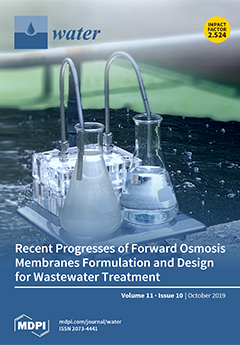Paddy fields, which are shallow man-made wetlands, are estimated to be responsible for ~11% of the total methane emissions attributed to anthropogenic sources. The role of water use in driving these emissions, and the apportioning of the emissions to individual countries engaged in paddy cultivation, are aspects that have been mired in controversy and disagreement. This is largely due to the fact that methane (CH
4) emissions not only change with the cultivar type but also regions, climate, soil type, soil conditions, manner of irrigation, type and quantity of fertilizer added—to name a few. The factors which can influence these aspects also encompass a wide range, and have origins in causes which can be physical, chemical, biological, and combinations of these. Exceedingly complex feedback mechanisms, exerting different magnitudes and types of influences on CH
4 emissions under different conditions, are operative. Similar is the case of nitrous oxide (N
2O); indeed, the present level of understanding of the factors which influence the quantum of its emission is still more patchy. This makes it difficult to even understand precisely the role of the myriad factors, less so model them. The challenge is made even more daunting by the fact that accurate and precise data on most of these aspects is lacking. This makes it nearly impossible to develop analytical models linking causes with effects vis a vis CH
4 and N
2O emissions from paddy fields. For situations like this the bioinspired artificial intelligence technique of artificial neural network (ANN), which can model a phenomenon on the basis of past data and without the explicit understanding of the mechanism phenomena, may prove useful. However, no such model for CH
4 or N
2O has been developed so far. Hence the present work was undertaken. It describes ANN-based models developed by us to predict CH
4 and N
2O emissions using soil characteristics, fertilizer inputs, and rice cultivar yield as inputs. Upon testing the predictive ability of the models with sets of data not used in model development, it was seen that there was excellent agreement between model forecasts and experimental findings, leading to correlations coefficients of 0.991 and 0.96, and root mean square error (RMSE) of 11.17 and 261.3, respectively, for CH
4 and N
2O emissions. Thus, the models can be used to estimate CH
4 and N
2O emissions from all those continuously flooded paddy wetlands for which data on total organic carbon, soil electrical conductivity, applied nitrogen, phosphorous and potassium, NPK, and grain yield is available.
Full article





